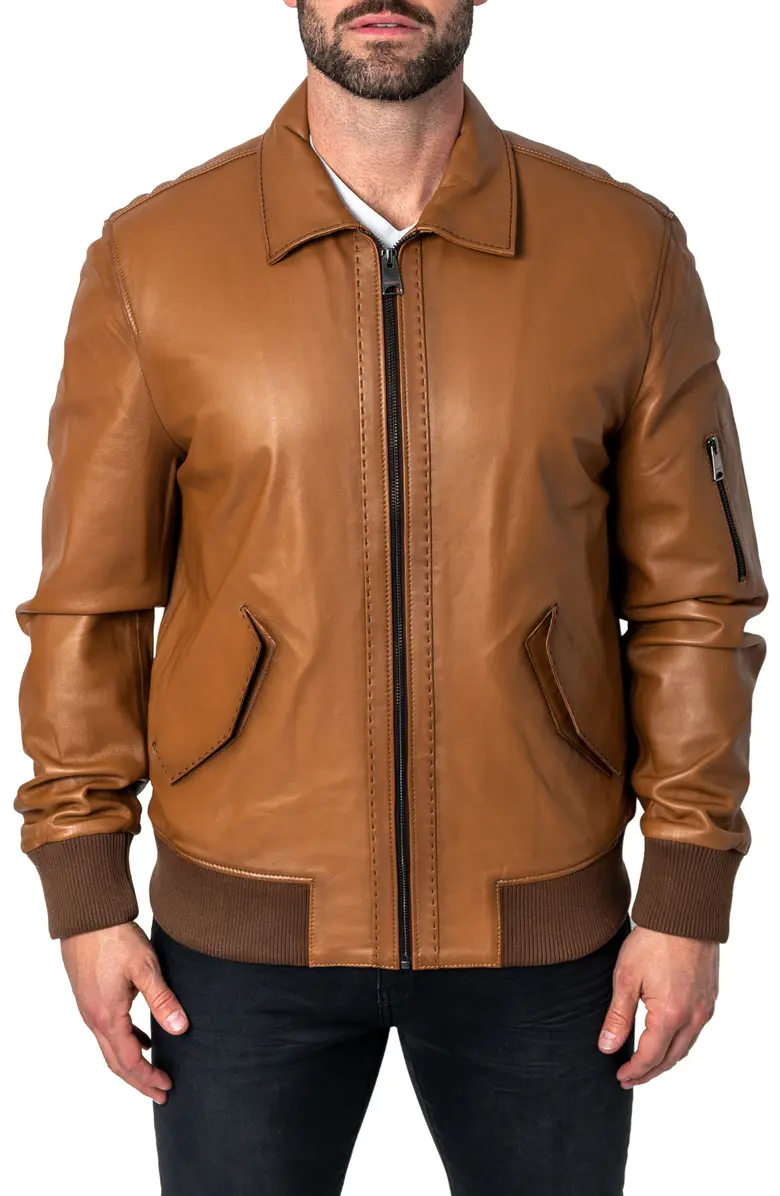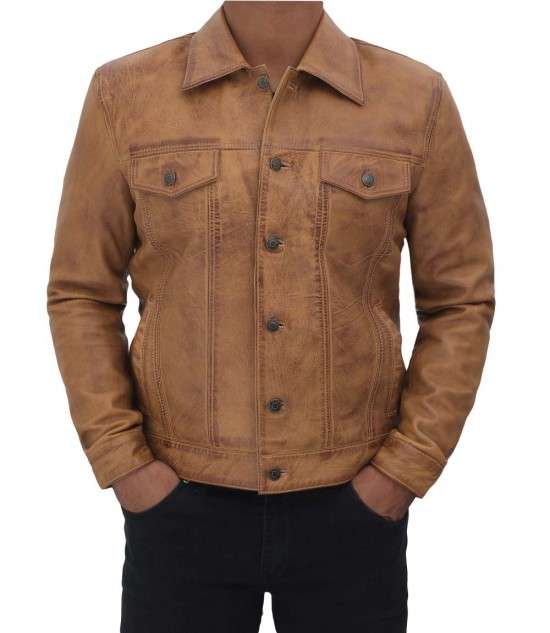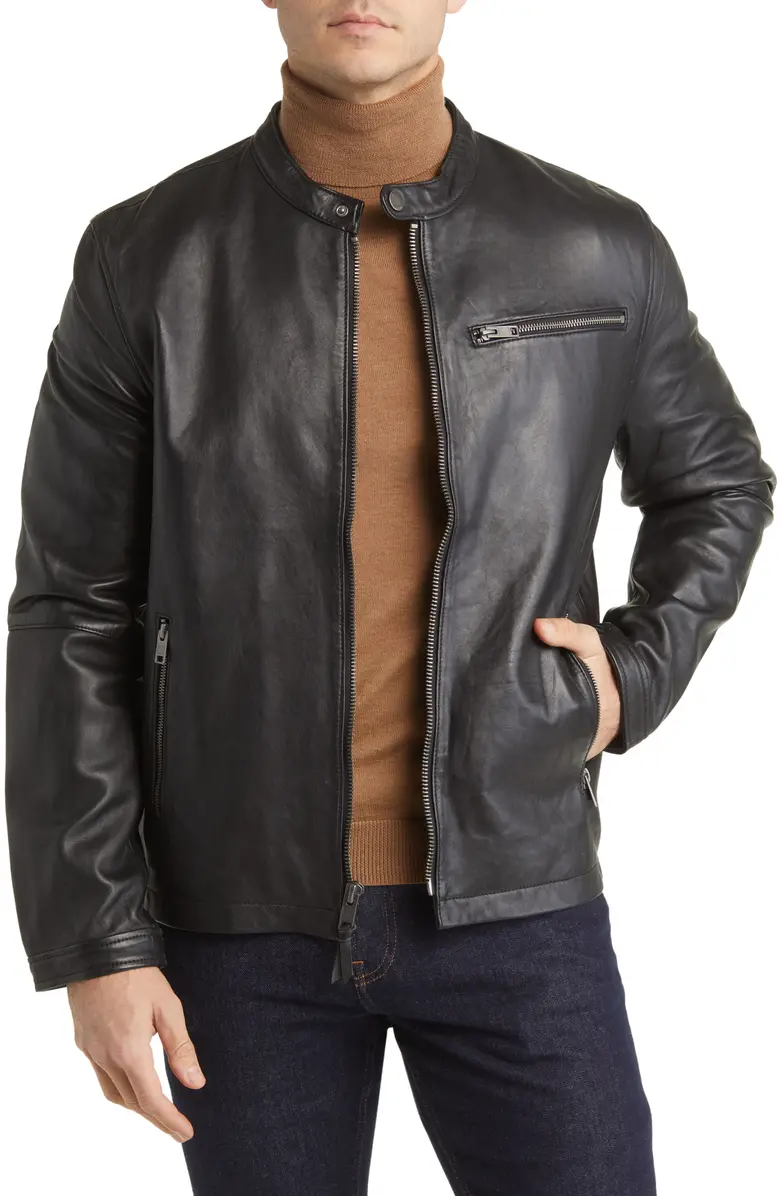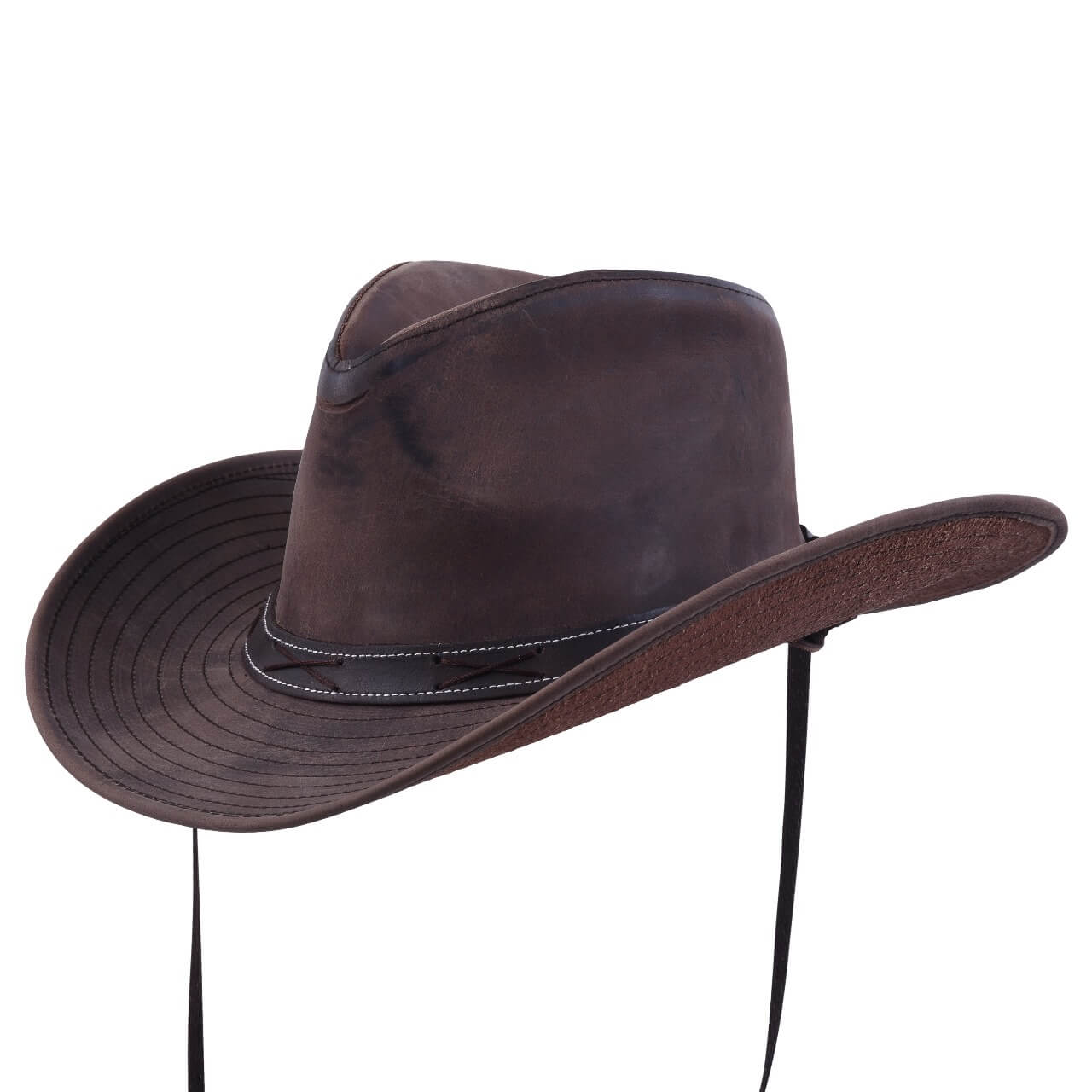When it came to the harsh and unpredictability of the Old West, the vest was more than simply a fashion statement; it was an important component of a cowboy’s clothing. The vest served a purpose that extended far beyond its aesthetic value. Many people in today’s society are ignorant of the practical reasons behind the widespread use of this garment, despite the fact that cowboys are frequently depicted in movies and television shows wearing their famous vests and cowboy hats. Within the context of the Old West, this article goes deeply into the historical significance of the vest as well as its practical use.

An Additional Layer of Protection and Warmth
During the time period known as the Old West, the weather was notoriously severe. In addition to the fact that they frequently encountered dust storms and rain, cowboys and other frontier settlers frequently encountered freezing mornings and sweltering afternoons. The vest was an essential component in ensuring that the body remained warm without creating any restrictions on movement.
Regulations for Temperature
In the absence of modern heating or shelters that could be relied upon, layering was the most effective method of maintaining warmth, particularly during the chilly evenings of the desert or in high-altitude places. It was common for cowboys to wear vests because they allowed them to keep their arms free for action while yet providing warmth to the torso, which is where essential organs are located. Cowboys were able to layer additional garments over or over the vest because of its sleeveless style, which made it a perfect outfit for individuals who were facing varying weather patterns.
A Protection Against Dust and Dirt
Not only was the West chilly, but it was also made of dust. Long paths, which were frequently used by cowboys were often traversed by dust storms. A barrier against the dust and filth that would be kicked up by horses and carts, the vest, which was manufactured from materials such as wool, leather, or canvas, offered protection against the dust and dirt. In light of the limited availability of washing facilities, it was essential that the inner layers of clothes be protected from being too filthy.
Men’s Side Lace Western Leather Vest
The Vest and Its Role as a Functional Wardrobe
Not only did the vest provide warmth, but it was also a highly utilitarian item of clothing that was built with the requirements of an industrious cowboy in mind.
Storage as well as accessibility
Considering that cowboys led a nomadic lifestyle and were often on the move, it was essential for them to have their things within easy reach. This function was accomplished by the vest, which included a multitude of pockets. For the purpose of keeping objects such as tobacco, matches, coins, and even tools such as knives or watch chains, these pockets were an excellent choice. Back in the days when personal things were few and far between, having easy storage directly on your body made day-to-day living easier to handle.
When it came to securing small and valuable goods, the breast pocket proved to be particularly beneficial. It was no longer necessary for cowboys to carry cumbersome baggage because the vest made it feasible for them to carry all they required in a more diminutive manner.
Facilitator of Identities and Statuses
Even while it served a functional purpose, the vest eventually evolved into a means by which men could demonstrate their uniqueness and rank. Leather vests that are skillfully produced could be interpreted as a symbol of a man’s riches or standing within a community. More ornate designs and more expensive fabrics were utilized over the course of time, which frequently served as an indication that the person wearing the garment was either someone of significance or, at the very least, someone who was concerned about their look.
USA Flag Lined Men’s Leather Vest
Options for Materials and Longevity of Use
The rough lifestyle that cowboys led required them to wear clothing that could survive the wear and tear that they experienced. Wool, canvas, or leather were some of the hardy materials that were commonly used in the construction of the vest. These materials were selected because to their durability and resilience to the effects of the elements.
Leather for its long-lasting quality
It was especially typical for cowboys, who spent the most of their time riding horses and working in tough surroundings, to wear vests made of leather, which was one of the most prevalent materials utilized. It was possible to protect oneself from the wind and rain with leather, and it was also durable enough to withstand the wear and tear that was caused by long days of physical labor.
Western vests made of leather were frequently coated with oils or wax in order to strengthen their resistance to water. This made them even more suitable for use in settings that were damp or rainy.
Wool for the purpose of warmth
Wool vests were more frequent among cowboys who worked in colder climes or at higher altitudes that required them to labor outside. When wool is wet, it continues to retain its warmth, making it an excellent insulator. In addition to this, it was not overly heavy and not difficult to wear either below or over other items.
Symbolic of Western Culture is the Vest
As time went on, the vest evolved into an essential component of the Western aesthetic. As a result of its long-standing association with cowboys, lawmen, and outlaws, it has become one of the most identifiable characteristics of Western attire.
As a representation of the frontier spirit
Over time, the vest grew to represent the untamed and self-reliant character that was prevalent in the Old West during popular culture. The vest was a symbol of readiness, pragmatism, and masculinity, and it was worn by a variety of men, including cowboys, sheriffs, and gunslingers for example. Even in contemporary movies, the vest continues to conjure up ideas of the vast plains, the lengthy cattle drives, and the profound sense of liberty that was characteristic of the Western frontier.
A Mainstay of the Fashion Industry
Despite the fact that its functional applications have become less important in modern times, the vest has continued to be an essential component of Western fashion. Vests are still worn today as part of cowboy or Western-style ensembles, and this is done for a variety of reasons, including costume purposes and as a tribute to the fashion of the past. Today, vests are frequently seen in a variety of settings, including rodeo competitions, the culture of country music, and even high-fashion renditions of different Western styles.
Final Thoughts
In the Old West, the vest was much more than just an article of clothing; it was an essential instrument for ensuring one’s existence, one’s identity, and one’s ability to work. Over the course of their everyday lives, cowboys and other settlers relied heavily on the vest for a variety of reasons, including the fact that it provided warmth and protection and also served as a status symbol. The origins of its practicality and utility are what made it vital during the hard realities of frontier life. Its legacy continues on now in Western dress and culture, but its roots are in its practicality and functionality.





































